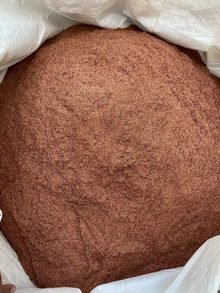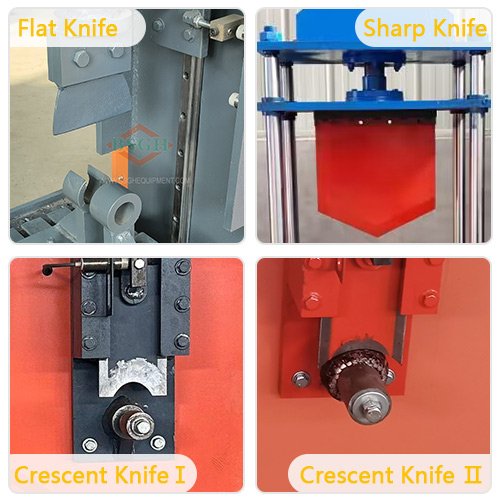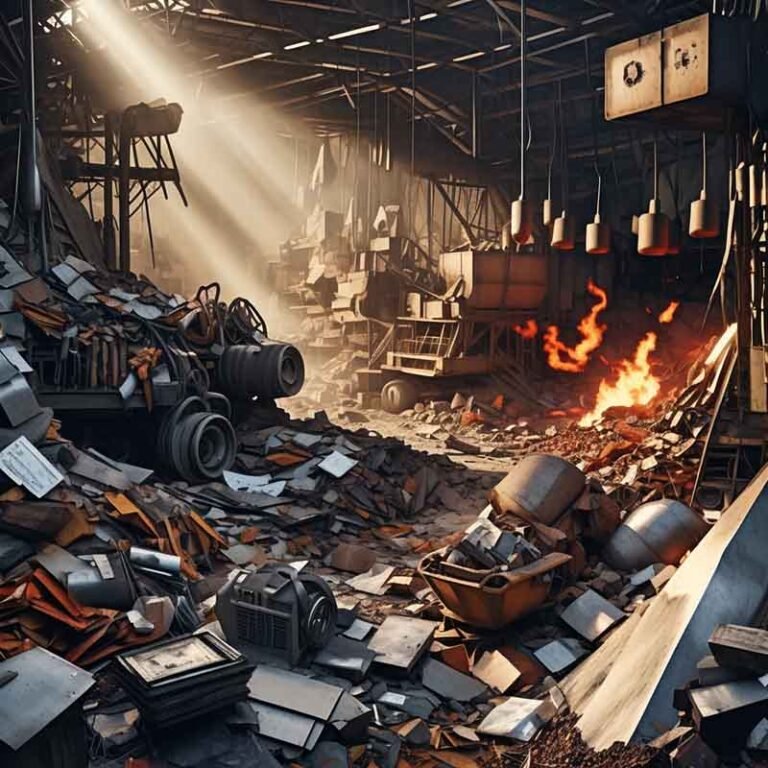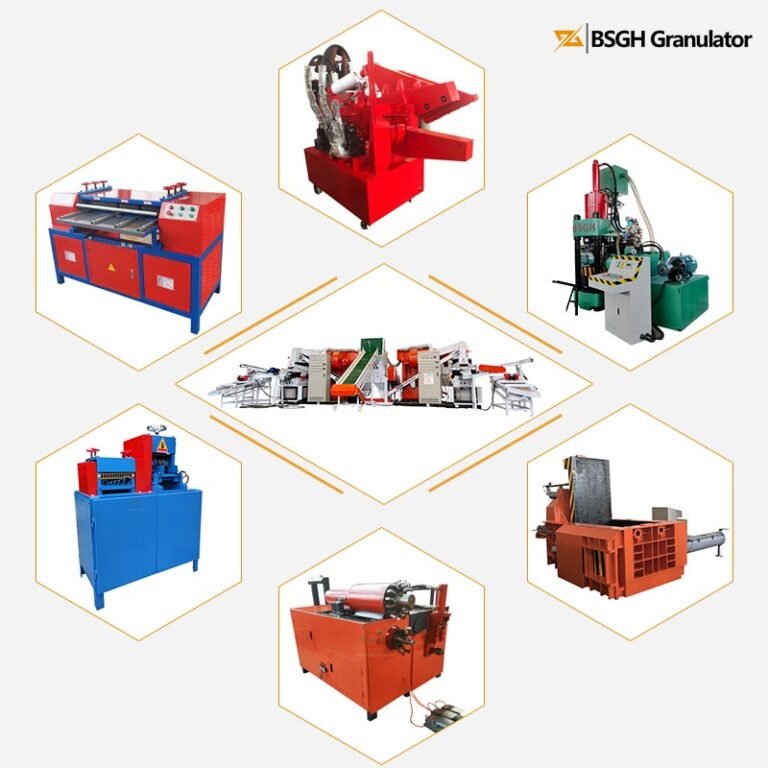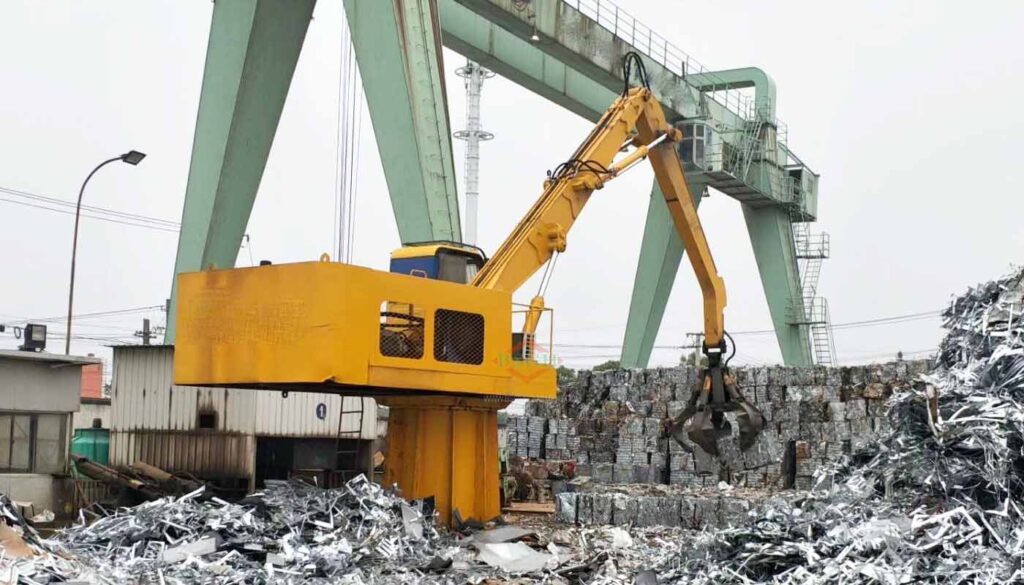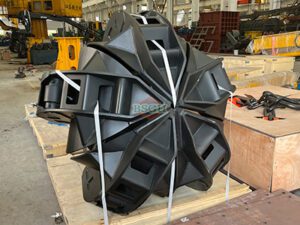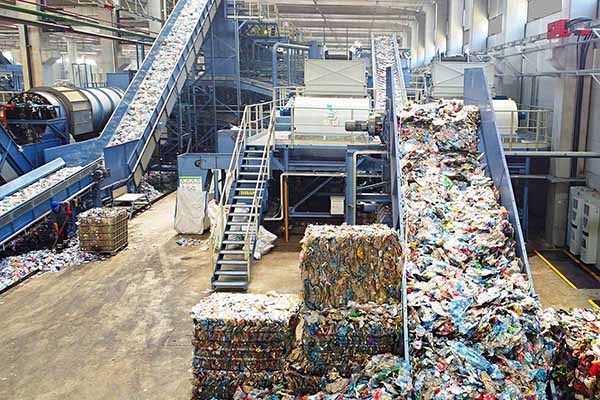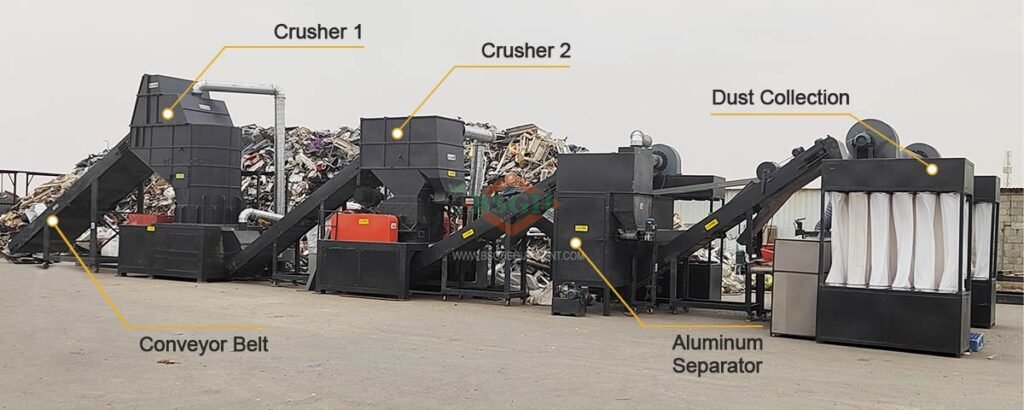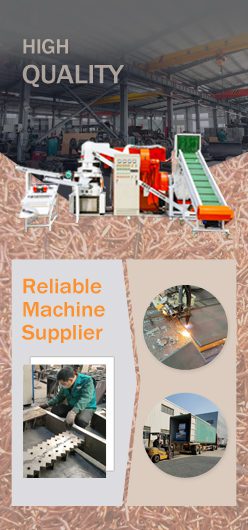Metal-Clad (MC) cable refers to insulated electrical conductors that are protected by a durable metallic armor. Known for its strength, flexibility, and safety advantages, MC cable is commonly used in tough environments such as industrial plants and commercial buildings. Its rugged design allows it to handle mechanical stress, resist moisture, and stand up to chemical exposure, making it a reliable choice for modern electrical installations.
Besides its role in new construction and industrial projects, metal-clad cable also holds value in the recycling industry. The combination of high-quality metals like copper or aluminum with durable armored casings makes scrap MC cable an attractive source for copper material recovery. Whether you’re an electrical contractor, facilities manager, or recycling professional, understanding the composition, applications, and recycling methods for MC cable can lead to smarter decisions in both installation and end-of-life management.
This guide offers a comprehensive look at metal-clad cable—what it is, how it’s used, and how to recycle it efficiently.
Structure of Metal-Clad Cable?
Do you know what the metal-clad cables consist of? How is it different from armoured cable?
Let’s break down the structure:
MC cable typically consists of two or more insulated conductors, a grounding conductor with metallic armor. The armor can be made of aluminum or steel, it’s more durable and heavier than common electric cables.
But what about armored cable (AC)? Here’s the difference:
Armored Cable (AC): Armoured cable is a broader category of cable that also includes a protective metal layer around the conductors. Unlike MC cable, armoured cable can refer to various constructions used in different regions and industries. For example, in the UK and many other countries, steel wire armoured (SWA) cable is a common type used for underground or external applications. The term “armoured cable” is more generic and can include various types of armoring methods.
| Feature | Metal Clad (MC) Cable | Armoured Cable (General) |
|---|---|---|
| Definition | A specific type of armoured cable with interlocked metal armor (usually aluminum or steel), used mainly in North America. | A broad term referring to any cable with metallic protection, including SWA, AWA, and others. |
| Armor Type | Interlocked metal tape (Aluminum or Steel) | Can be steel wire, aluminum wire, or other forms of protective armor |
| Flexibility | Generally, more rigid depending on the type of armor (e.g., SWA is stiffer) | Generally more rigid depending on the type of armor (e.g., SWA is stiffer) |
| Common Standards | Follows NEC (National Electrical Code) standards in the U.S. | Follows IEC or local standards depending on the region |
| Application Focus | Widely used in U.S. commercial, industrial, and residential wiring | Often used in the UK, Europe, and other areas for outdoor, underground, and heavy-duty applications |
| Grounding | May include a separate grounding wire | Often uses the metallic armor or includes separate grounding conductors |
What Are the Common Types of MC Cable?
Metal-clad cable is manufactured in several forms, each designed to meet specific performance and environmental requirements. These cables all share the core characteristic of insulated conductors enclosed within a metallic armor, typically interlocked aluminum or steel.
- Aluminum Interlocked Armor (AIA): One of the most common types of MC cables in the market, AIA have an interlocked aluminum armor features which provides flexibility, meachanical protection and ligthweight. it is commonly used in commercial, institutional, and light industrial applications where conduit installation is not necessary.
- Continuously Corrugated Copper Weld (CLX): CCCW cable is designed for environments where superior moisture, chemical, and gas protection is essential. Its armor is formed by continuously welding and corrugating a copper or aluminum sheath, providing a seamless barrier that enhances both durability and electromagnetic shielding. CLX is commonly found in petrochemical, marine, and hazardous location installations.
- Steel Interlocked Armor: Similar in construction to AIA, this variant uses interlocked galvanized steel instead of aluminum. It provides enhanced mechanical strength and is often used in environments where higher impact resistance is required, such as in industrial plants or mechanical rooms.
- Teck90: Although technically governed by Canadian Electrical Code standards, Teck90 is often discussed alongside MC cable due to its similar armored construction. It consists of insulated conductors within a thermoplastic jacket, aluminum or steel interlocked armor, and an overall PVC outer sheath. It’s approved for direct burial and hazardous locations, frequently used in mining, oil, and gas sectors.
Why Is Metal Clad Cable So Useful?
What makes metal-clad cables better than regular wires and tubes? Is it just for looks?
Metal-clad cable offers key advantages such as safety (fire and rodent resistance), durability (suitable for harsh environments), ease of installation (no conduit required), and cost-effectiveness (long-term savings).
- Safety: MC cable is fire-resistant and rodent-resistant, which helps protect against electrical hazards and damage from pests.
- Durability: MC cable is suitable for harsh environments where moisture, chemicals, or physical stress are present. The metallic armor provides excellent protection against these elements.
- Ease of Installation: MC cable can be installed without the need for a separate conduit, which simplifies the installation process and reduces labor costs.
- Cost-Effectiveness: Although MC cable may have a higher initial cost than traditional wiring methods, it can offer long-term savings due to its durability and ease of installation.
Where Is Metal Clad Cable Typically Used?
Metal-clad cable is widely recognized for its versatility, durability, and compliance with modern electrical codes, making it suitable for a broad range of applications. Its armored design allows it to perform reliably in both standard and demanding conditions without the need for additional conduit in many cases.**
1. Industrial Field:
Factory Workshops: In industrial manufacturing settings, MC cable is often used to supply power to production equipment, machinery, and control systems. Its ability to resist mechanical damage and dust exposure makes it ideal for harsh, high-vibration environments commonly found in factories.
Chemical Industry: Facilities that process or store corrosive gases and liquids, such as refineries or chemical plants, benefit from MC cable’s robust protection. Certain MC variants, like those with corrosion-resistant armor or sealed construction (e.g., CLX), are specifically designed to withstand these aggressive environments.
2. Construction Field:
Commercial and Residential Buildings: MC cable is frequently used to run power from distribution panels to lighting, receptacles, HVAC systems, and other electrical loads. Since it often doesn’t require conduit, it reduces labor costs and speeds up installation.
Fire Protection Systems: MC cable is the first choice for wiring life-safety systems such as fire alarms, emergency lighting, and fire pumps. Fire-rated MC cables are available for these applications, offering flame resistance and the ability to continue functioning in higher temperature conditions.
3. Medical Field:
Hospitals and Medical Centers: MC cable provides clean, secure, and efficient power distribution to operating rooms, imaging equipment, patient care areas, and life-support systems. Its metallic armor also offers electromagnetic shielding, which helps reduce electrical interference in sensitive environments.
4. Underground and Wet Locations:
Parking Garages, Tunnels, and Underground Conduits: When equipped with appropriate moisture-resistant jacketing, MC cable can be used in damp or even wet locations, such as basements, underground service corridors, and exterior runs. It offers a safer, longer-lasting alternative to standard NM cables or unarmored wiring in these conditions.
How Can I Recycle Scrap Metal Clad Cable?
Because metal-clad cable has a high metal content, it still retains a high recycling value after it is discarded. The most important thing to recycle this kind of cable is to strip the metal armor from the conductor.**
Due to the special structure of metal-clad cable, BSGH Granulator has specially designed a machine to recycle it: BS-30A metal-clad cable stripping machine.
BS-30A metal-clad cable stripping machine can easily process metal-clad cables with a diameter of less than 30mm. Its high-precision stripping technology can effectively avoid cable damage and ensure the integrity of the cable’s internal structure. Our BS-30A stripping machine has a high processing efficiency and can process up to 25 meters of cable per minute. It is the best choice for effectively recycling metal-clad cables.
If you also have common electric cables that need to be recycled, you can contact us freely, We have all kinds of wire stripper machines for you to choose.
Conclusion
Metal Clad (MC) cable is a reliable, versatile solution for modern electrical installations in industrial, commercial, and residential sectors. Its durable, fire-resistant design ensures safety and efficiency, while its recyclability adds value in the metal recovery industry. Understanding its structure, types, applications, and recycling methods helps maximize both performance and sustainability. If you also have requirements for recycling metal-clad cable, you can contact us at any time, and we will provide you with the most suitable and cost-effective solution.

